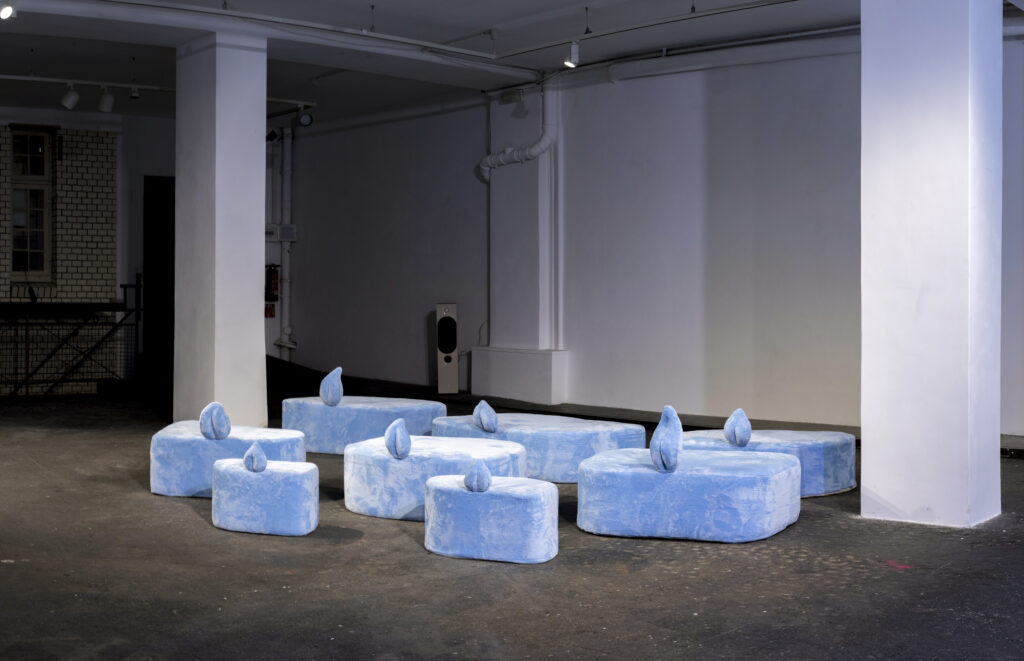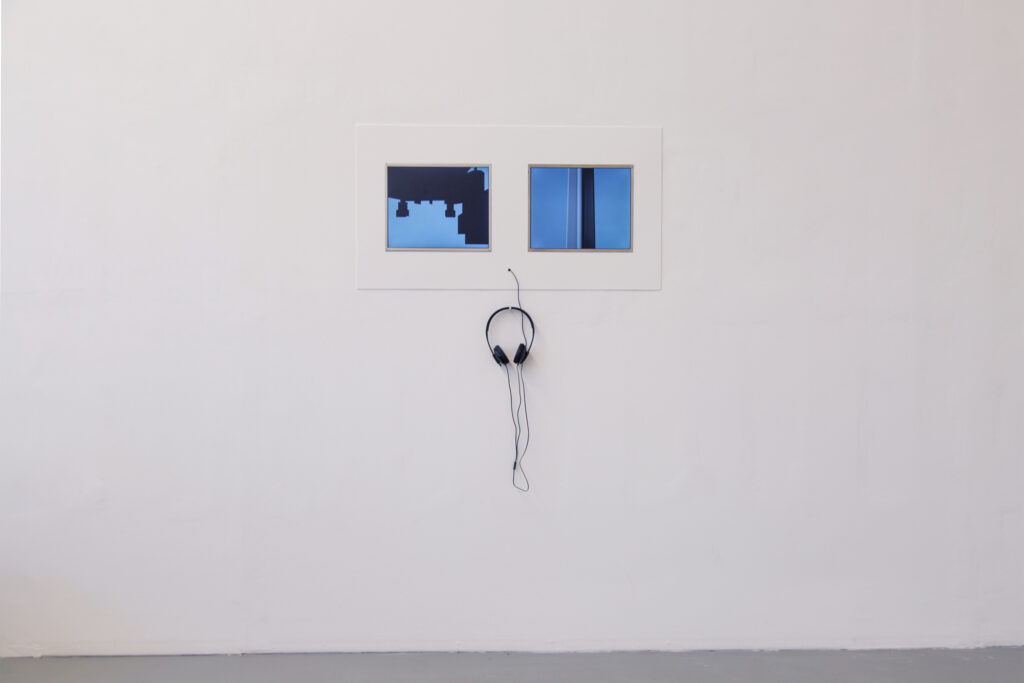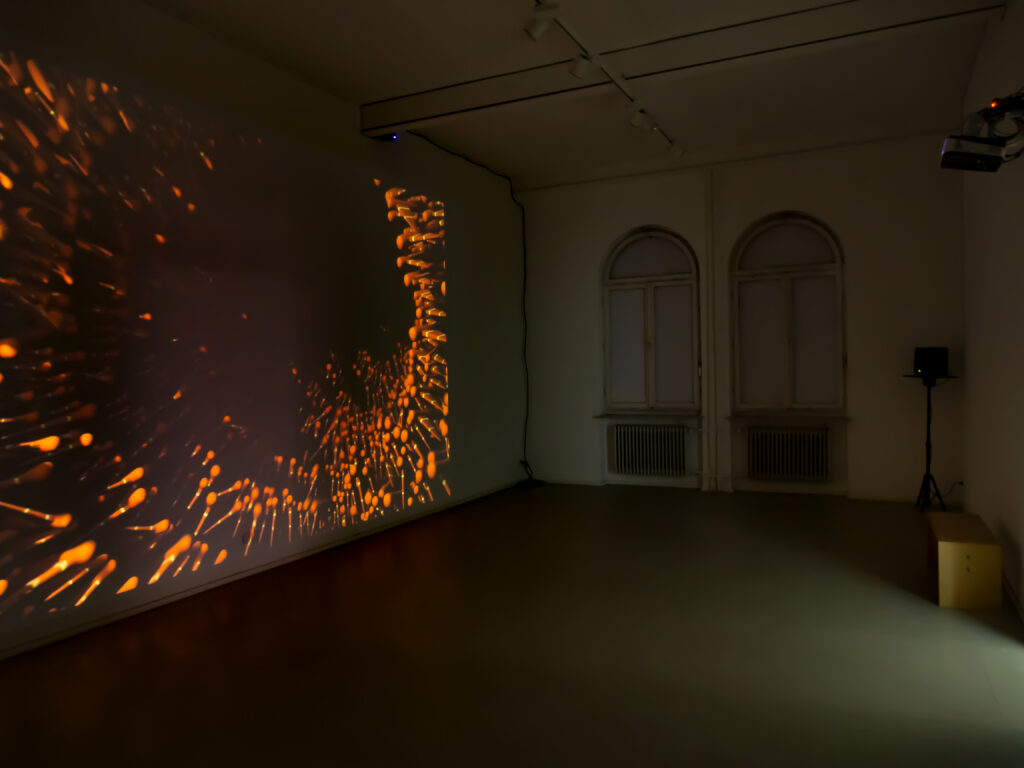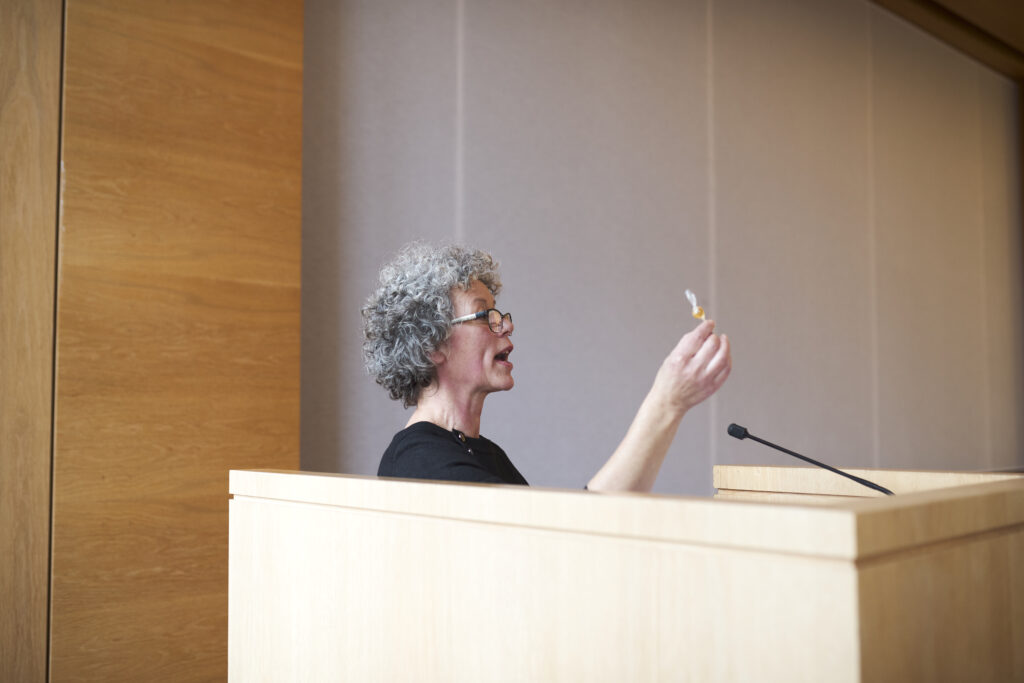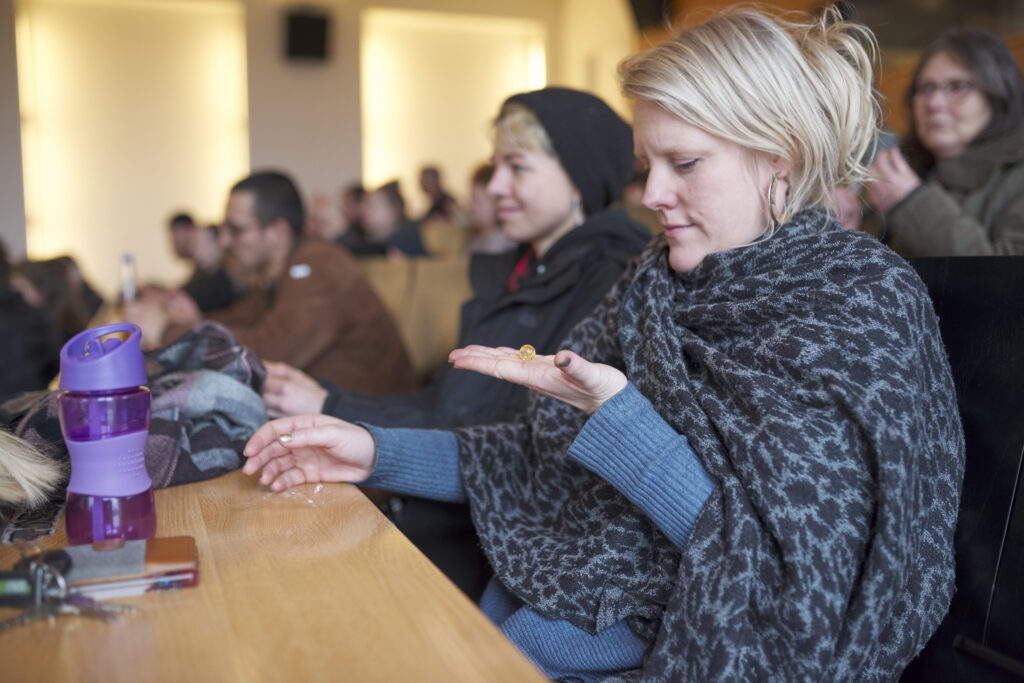Low, soft foam seats with erect tails gather as a small herd on the gallery floor, together forming the iconic spotted pattern on Bambi’s fur. Around them, conversations between different animal voices and a synthesiser play over speakers.
The installation and sound piece is set within the narrative and music of Disney’s Bambi. In this arrangement, the orchestral music is replaced by electronic covers and the human dialogue originally spoken by woodland creatures is exchanged for sounds collected from the Animal Sound Archive of the Berlin Natural History Museum, setting the familiar, anthropomorphic representation of animals against their real and peculiar calls.
Without written or spoken human language, we rely instead on conversational rhythms, emotive musical interludes and the near speech of the synthesiser to mediate between the human and non-human. This absurd exchange emphasises both the impossibility of communication between animal protagonists and human visitors, and the undeniable connection that already exists.
At some point after its completion in 2005, the Ben Pimlott building dropped a pane of glass from the 6th floor onto the pedestrian walkway below. From then on, as a safety precaution, Goldsmiths University placed a line of fencing outside the glass-fronted building housing its Department of Art. From 2012-15 I completed my BFA at the university, the fence standing for this period, for the most part as an invisible piece of institutional furniture.
The work, produced in my last year at the university, takes this situation as a starting point to produce a fictional safety report. The sculpture outside responds to the recommendations Julius Bainbridge outlines in this review, while inside the document is kept in a safe, concealed at request of the university due to the then ongoing legal dispute over who will foot the bill for replacing the rest of the potentially unsafe windows. Access to the report was given only to the course examiners after they signed and returned a non-disclosure agreement.

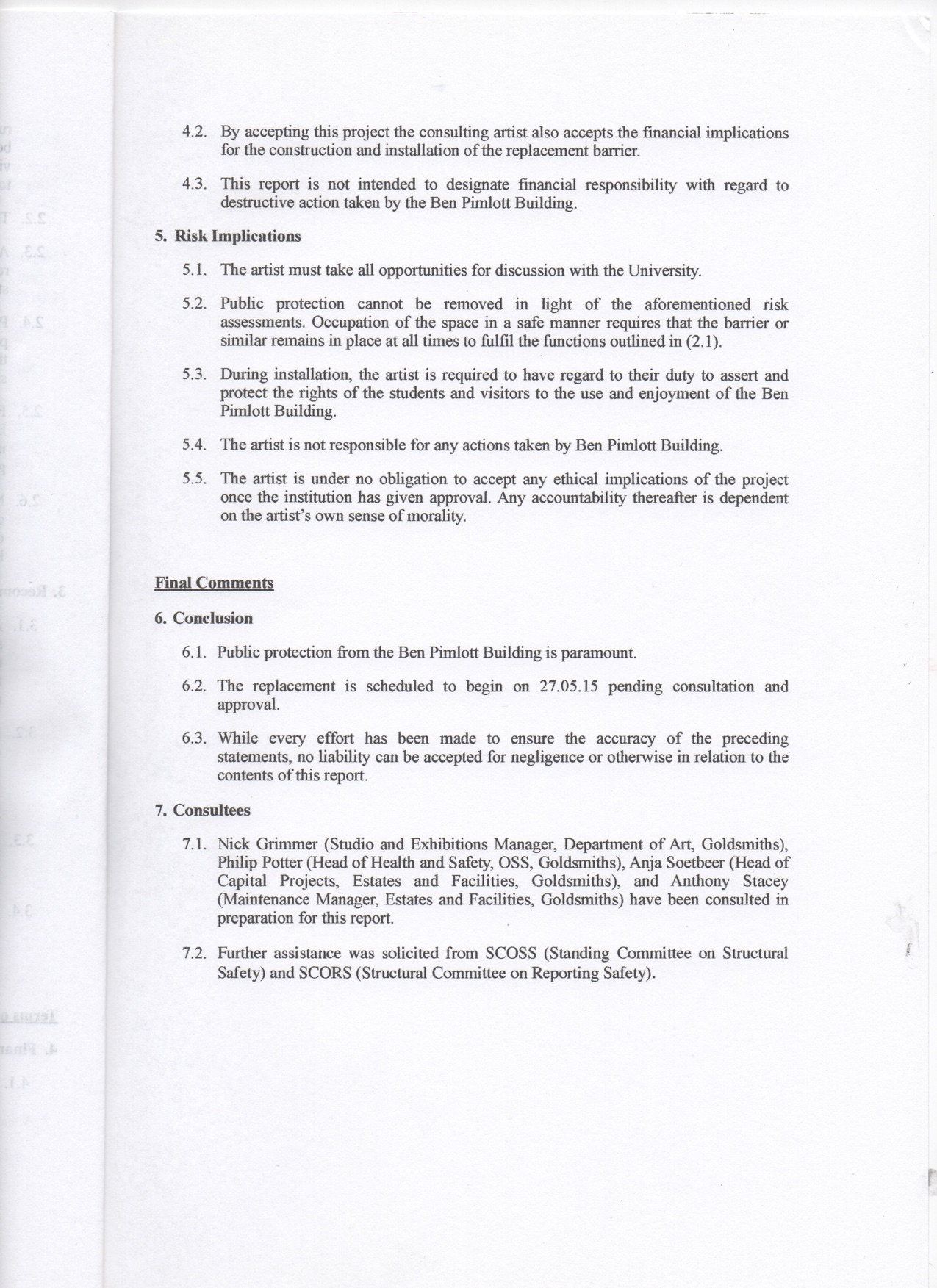
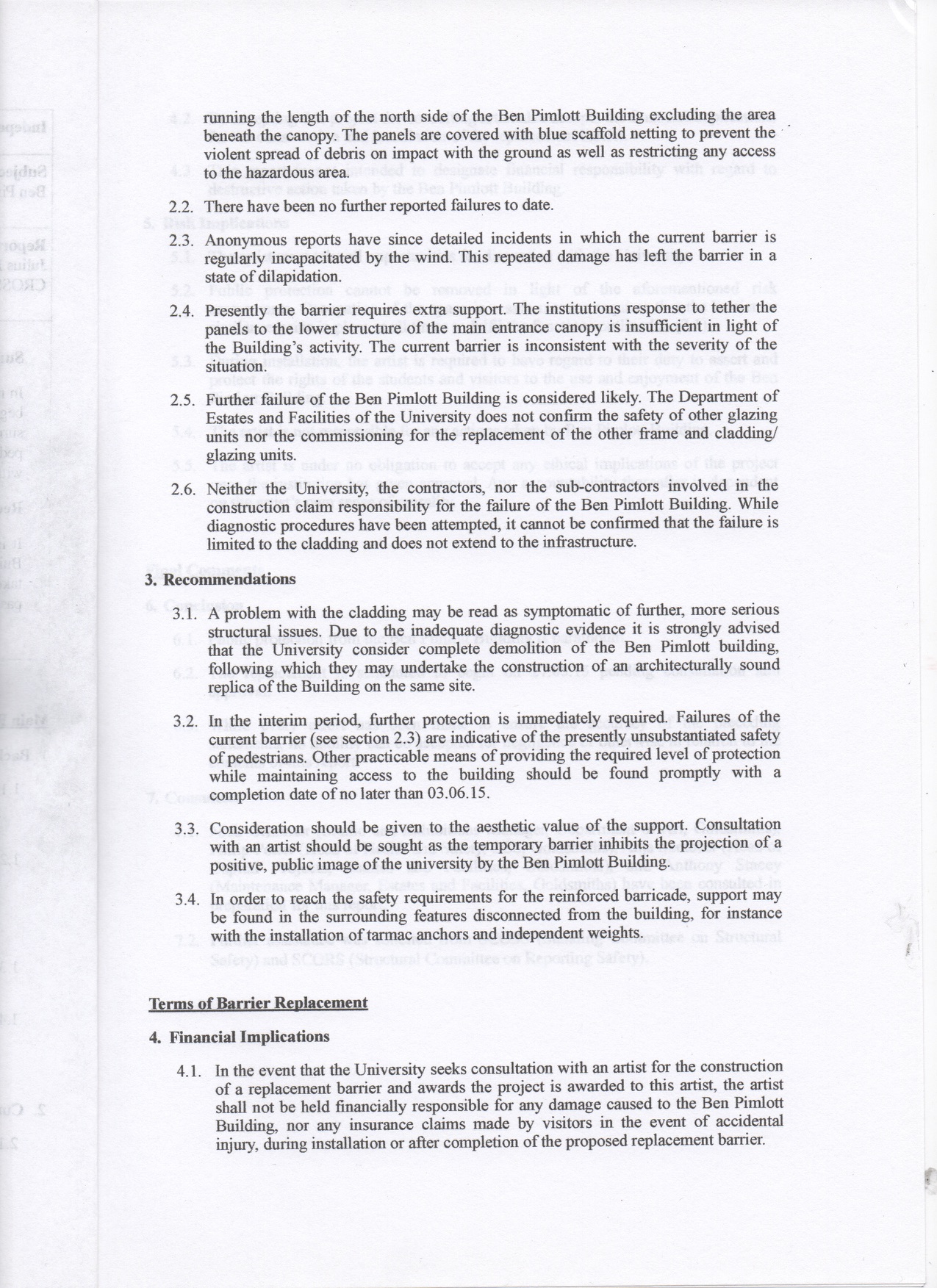
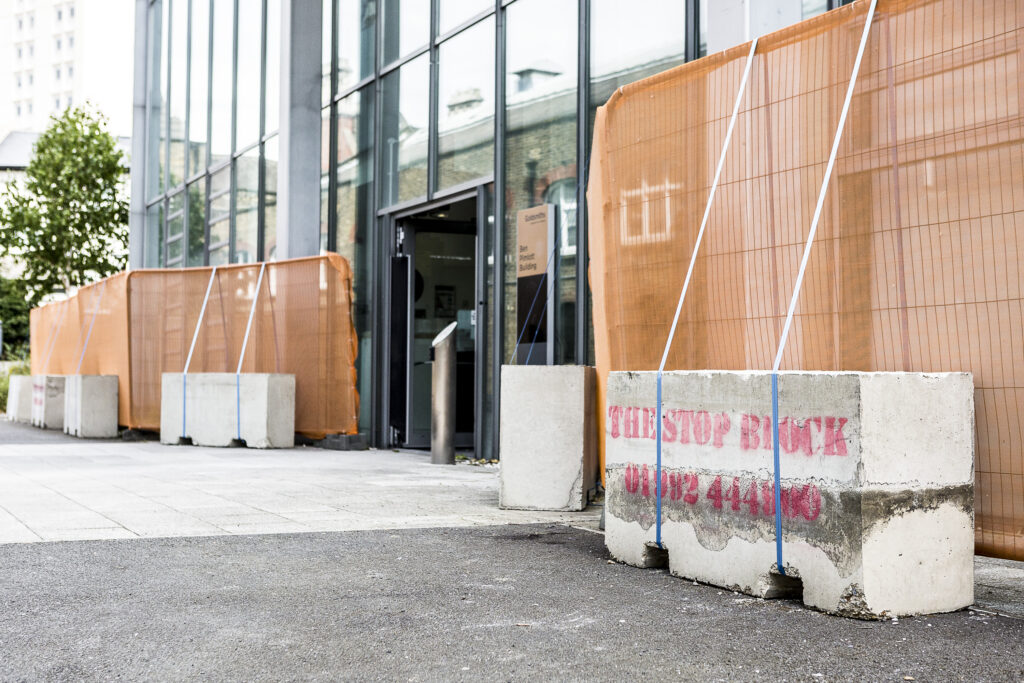
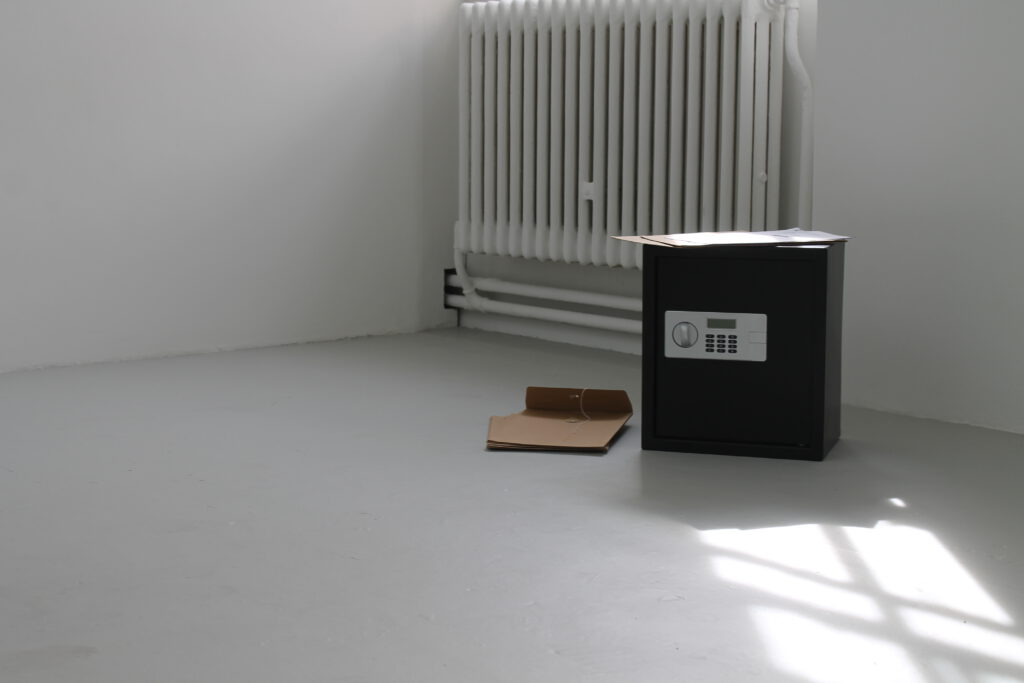
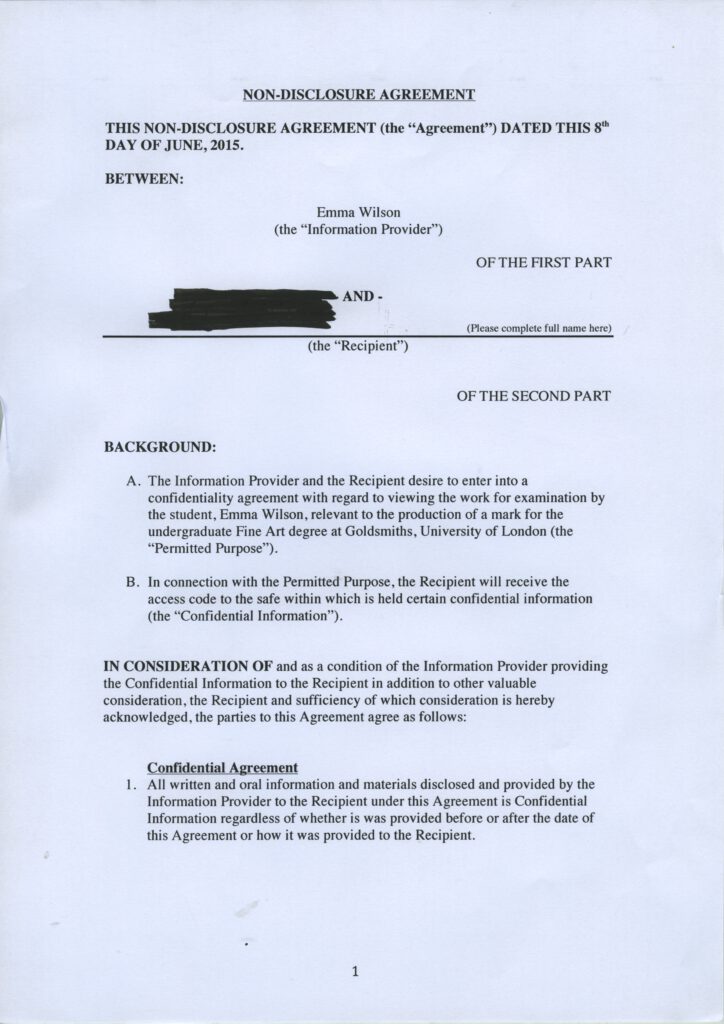
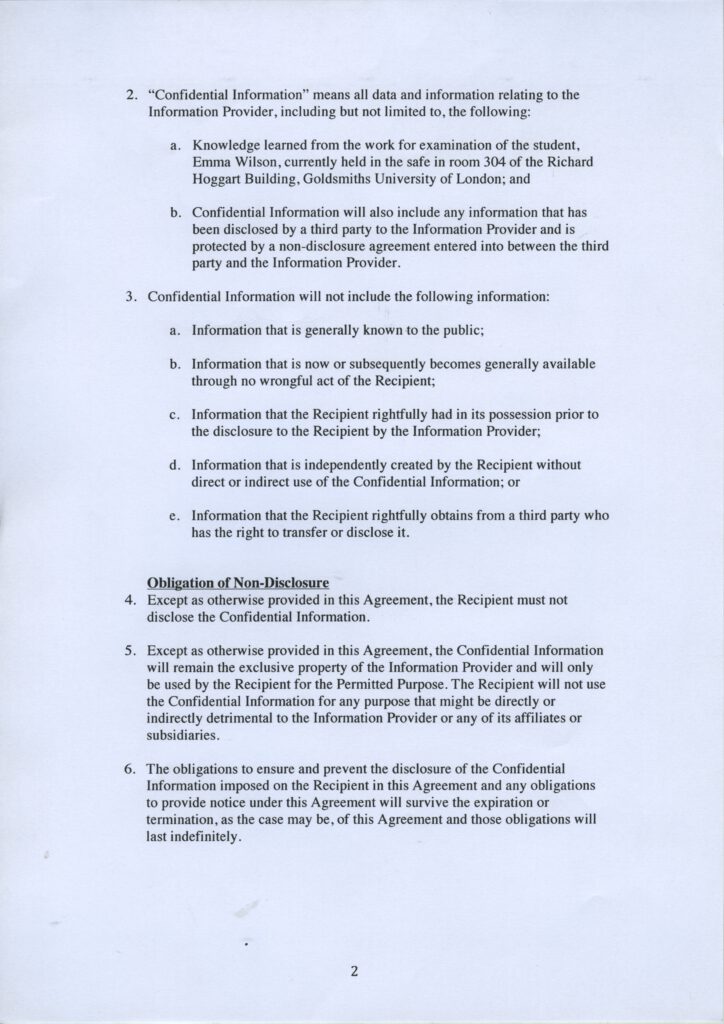
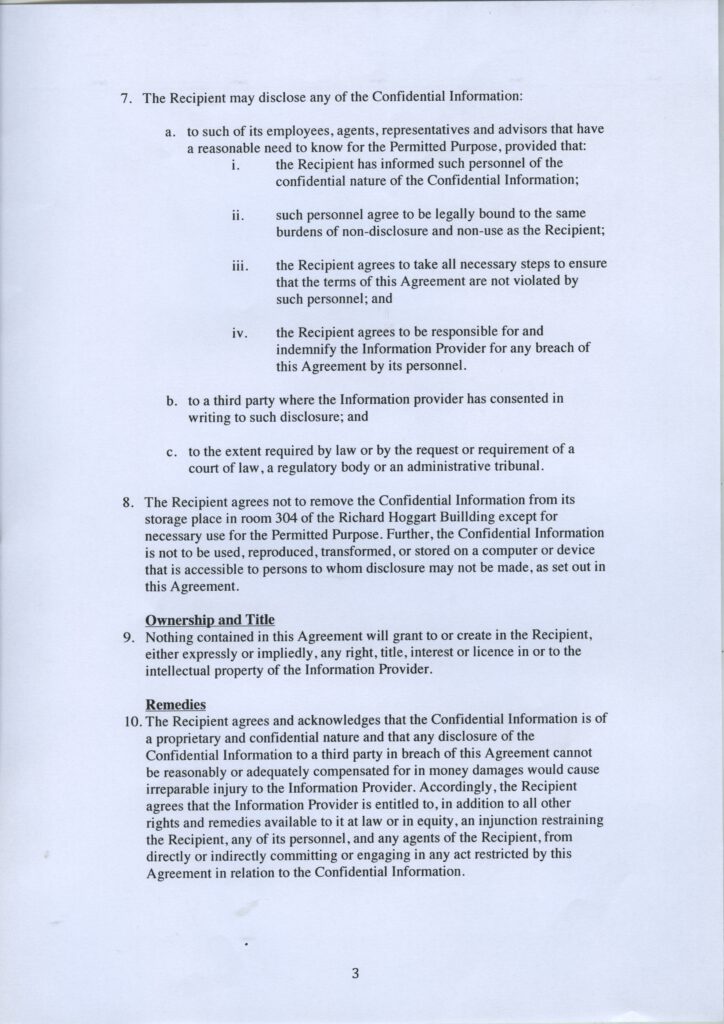
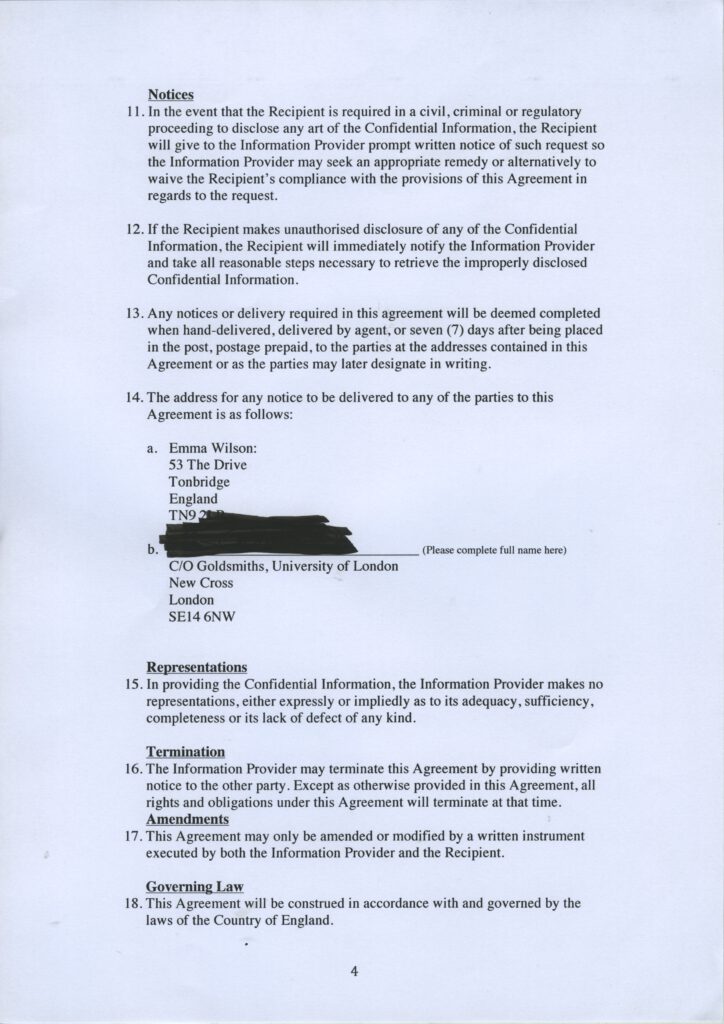
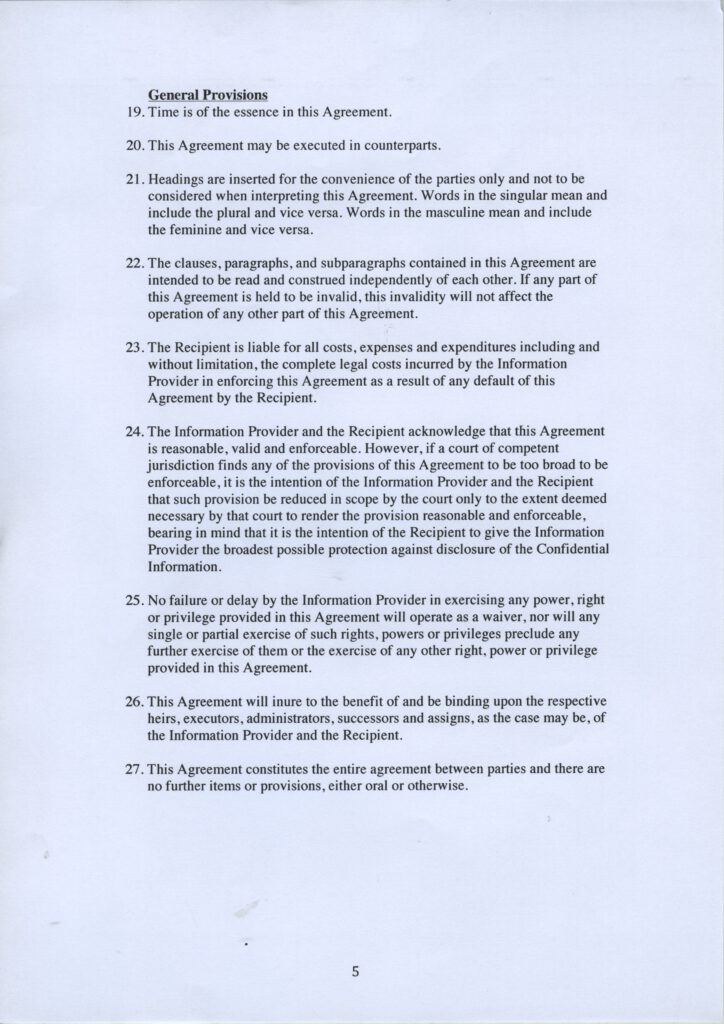
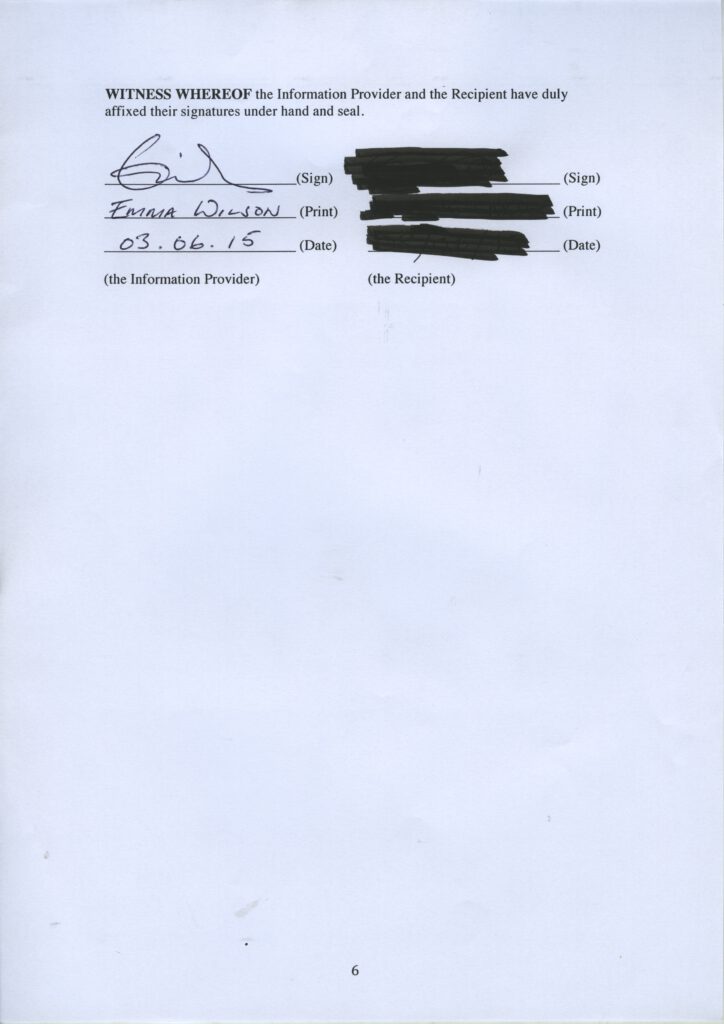
Three screens displaying coloured number sequences (ascending, descending, randomised), three ticket machines with corresponding coloured tickets, and a memo entitled Recommendations on Management, Participation and Community Optimisation in the Queue are spread across the space, creating a dislocated queuing system for an exhibition space community.
Visitors are invited to take a number and join one of three queues. The memo offers instruction on positive queuing etiquette, claiming the experience as a beneficial one – when performed correctly. Set against this is the convoluted repurposing of terms dealing with the transmission of data packets and the management of machine interaction.
The possibility of a complete or optimum experience is queried as participants are reduced to an arbitrary number within the work, and it becomes clear that there is nothing at the front of the queue.
A building maintenance unit (BMU) is a device mounted on the roof of a building to allow access to the exterior facade. In this looped animation, two cameras endlessly scan the digital model of a BMU, mimicking the movements of the device over a building to create abstract landscapes and looming architecture.
The narrative voice also repeats herself, cycling through reordered and rephrased fragments. This collage of terms combines material from nature documentaries about the symbiotic life of a shrimp and goby fish with phrases lifted from BMU user manuals, now used to describe the interdependent relationship between a building and its BMU.
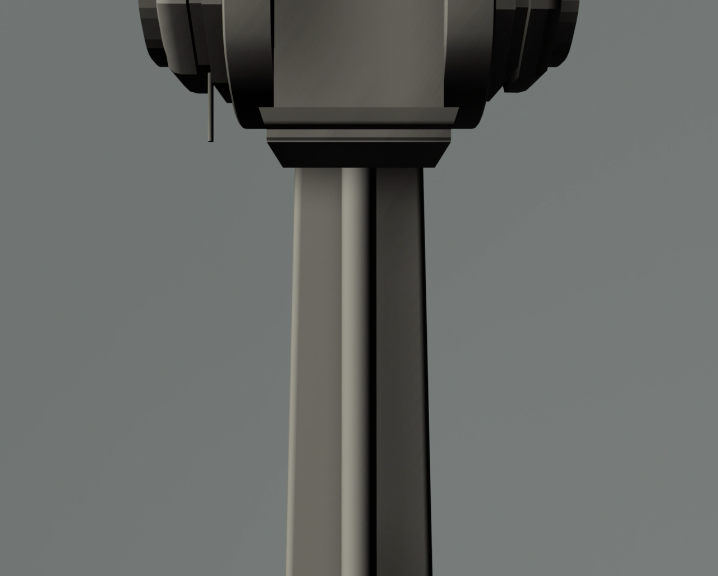


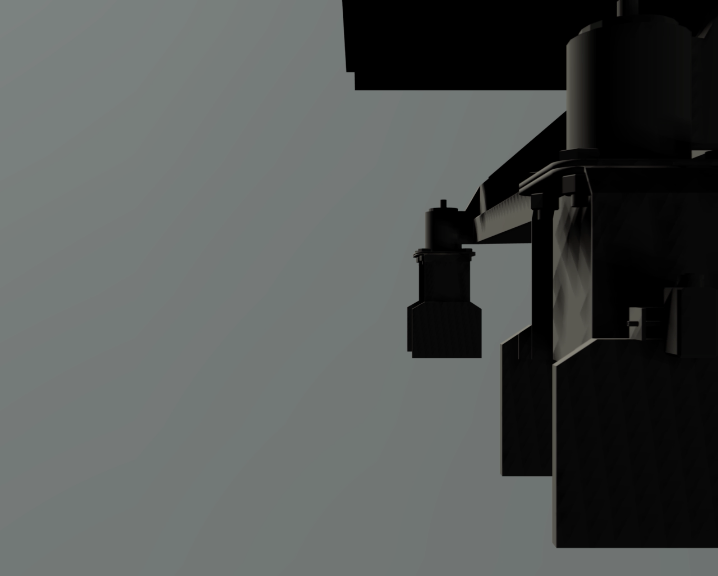

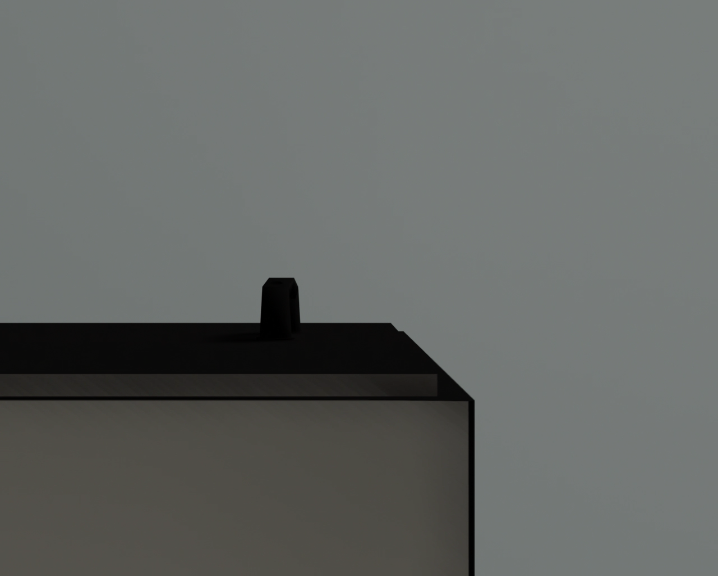
While there are some BMUs which are able to duck down into slots or burrows on their roofs, others sit proudly and extended atop their host. This building maintenance unit and its building remain in constant contact; they are never without one another post-construction.
The symbiosis between architecture and BMUs is one of many relationships that can occur in a city. Buildings often host mechanical devices on their roofs, usually hidden by a parapet or covered by fibreglass. Building Maintenance Units, however, are often just visible on top of their host, and several kinds exist, tailored to suit their building.
Considering the never-ending construction and reconstruction, the effort to maintain the relationship is an entirely necessary one, for if left to fend for themselves the surrounding shifting sand may consume the pair at any given moment.
The pair form a life together, they remain together and reside together; they are never without one another post-construction. By teaming up, they have given themselves the best chance of survival.
Youtube comments left under videos of growling stomachs and a biblical story combine to create a vorarephilic text. It is spoken intermittently over a backing track of digestive noises while waving orange protrusions beckon the viewer into an intestine-like tract.
The speaker’s voice moves back and forth between the role of predator and prey, compelling the listener to take on the opposing position: as one is shifted, the other party is forced to balance the movement. Quotes, viewer, and speaker disintegrate and mix together in the stomach of the text.
I would be bleached and blinded by stomach acid if I was swallowed whole, but in some worlds there’s no need for the giant to chew or digest their prey. You could sit there for three days, and be gently released, unharmed, in a warm pool of vomit. Whether you mind being swallowed or not, it doesn’t really matter. If you choose not to participate a giant might chase you down, and scoop you up anyway.
…You don’t have to do anything, I’m just offering up the situation, but if you want to join in, jump on board. Trust your gut, the math is simple: put me in your belly…
…I heard the voice from my stomach. It said, “Bodies swallowing other bodies.” You have a capacious belly, by the way, and I am excellent prey.
Sissy and Lyle met through a dating agency, the Salons of St Petersburg, connecting over the acoustic characteristics of specific strident sounds. Sissy, insurmountable and dissatisfied, studied bees, while Lyle, Slavic and disillusioned, is now exclusively a library assistant with one fat lip. Their house, when they finally achieved its purchase, was initially nothing noteworthy. Six miles from the post office – small and stripped bare – it was in need of restructuring…
…The seal is broken, and they exchange whips, scorns, and lashings, surrendering themselves to catcalls and contemptuous chiding. The sides are filled with hissing snakes rattling their glottises, angry voices and antisocial imbalance. Sissy and Lyle’s tongues become swollen and fat with every wave of air pushed past them, both struck with a sudden, unexplained lung capacity…
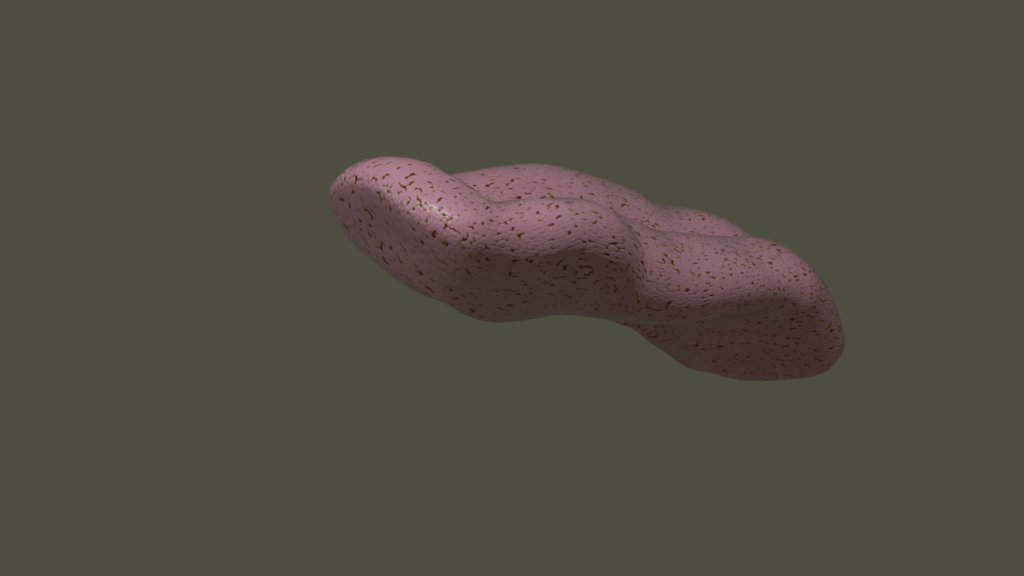
Facing one another are two tongues, slowly swelling and suddenly surging in movements suggestive of speech. The animations move to a recorded spoken text that narrates the relationship between Sissy and Lyle, two characters living on opposite sides of a house. As their relationship breaks down, they begin to compete, shushing and hissing at one another until they lose control and are consumed by sound.
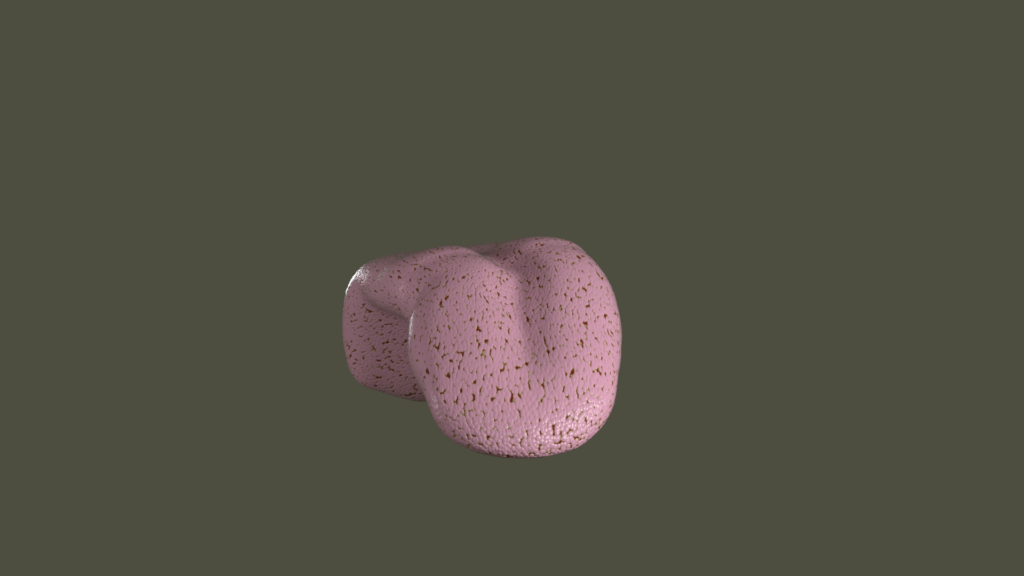
The audience is given a round, home-made sweet wrapped in cellophane by an attendant as they enter the lecture theatre. Each person also receives the instruction, “you will be told when to unwrap it and when to eat it.” A woman is waiting on stage, and when the door is closed, she steps up to the podium and starts to read.
The text consists of fragments from different sources, the boundaries between which are dissolved through repeated editing. Now, they form something new and fluent that brings together quotation, the passing down and consumption of knowledge, and eating a sweet.
The speaker proclaims the authority of the words to the audience, and they open their sweets and eat them together. The artist’s intentions enter their bodies as text and sweetness.
I have the honour of making this address today, and I have been asked to begin by stating that I did not choose these words, or compose this text.
“A writer’s genius”, it says, “is as much evident in what they select as in what they originate.”
The author read somewhere of a scarcely imaginable scheme, in which the word of a professor is disseminated to their students by way of a rolled-up theorem. This is then swallowed, and the ball of digested information is driven by the student’s own pulse around their body, absorbing and expanding until it encircles them entirely.
These sweets were made for this address. A sticky one could resist, taking shape too exactly and fixing to my teeth. A sharp one, on the other hand, might scratch, leaving a serious blemish on the side of my mouth. One can’t ever be sure, with the unconscious bringing unwelcome and unvoiced associations to light. The basic parts of this author’s ‘sweet-word’ are tempered to a state of hard crack.
Unwrap the sweet now.
